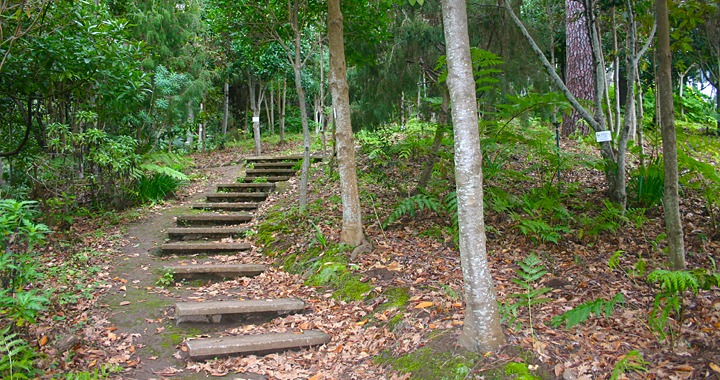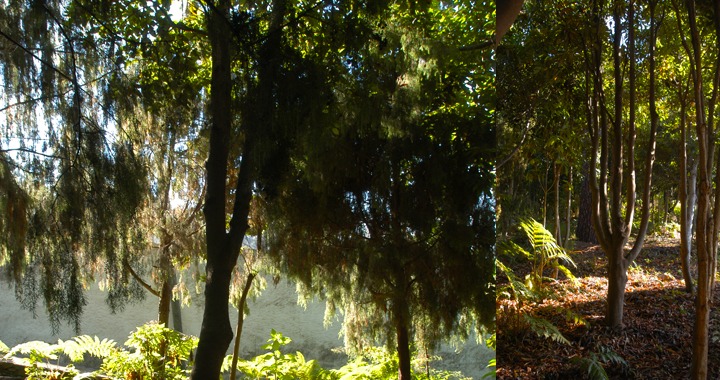Native Flora
In order to understand why it was so important to the Monte Palace Madeira to reconstruct the natural flora of Madeira in this garden we have to go back in history.
When Madeira was first settled in 1420, clearings were created for habitation by fires. This led to the legend of the seven-year fire described by Gaspar Frutuoso in his writings.
The succession of fires on the south coast and the extraction of wood to be exported to the Continent on a large scale, were facts which contributed to the devastation of the primitive forest. Added to this was the presence of herds of goats and sheep, large numbers of sugar mills and coal-burning factories.
Although parts of the Island’s vegetation survived, many of the species endemic to Madeira are still today, in danger of extinction. It was considered necessary to create an area that would accommodate species from all three altitude levels of this mountainous Island.
Examples include the dragon tree, Dracaena draco, which flowers between August and October. Its red sap called “dragon blood” was used in home remedies, in the production of paint and as varnish for violins.
Another example is the Euphorbia piscatoria, a shrub that is endemic to the archipelago of Madeira, which flowers from April to the end of May. Its scientific name is due to the fact that, in ancient times, its poisonous sap was used by fishermen to catch fish in pools of water.
The greatest number of species in this garden belongs to higher altitudes, the Laurissilva and other high altitude vegetation, some of which can adapt to different altitudes. Examples among others are the Canary Laurel, the Stinklaurel, Madeira Mahogany and flowering vegetation such as the Pride of Madeira and the Bastard Hare’s Ear.
“… The Laurissilva of Madeira is an outstanding relict of a previously widespread laurel forest type. It is the largest surviving area of laurel forest and is believed to be 90% primary forest. It contains a unique suite of plants and animals, including many endemic species such as the Madeira long-toed pigeon. …”
Classified by UNESCO as Natural World Heritage since 1999. (Inscribed:1999 Criteria: N (ii) (iv) | http://whc.unesco.org/sites/934.htm)



